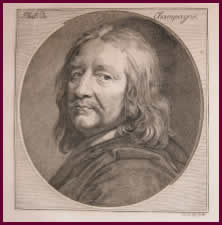Notes from the John Martin Rare Book Room, December, 2013
JOHANN CASPAR LAVATER (1741-1801). Essai sur la physiogno-monie : destiné à faire connoître l’homme… 4 vol. 1781[-1786].
Lavater was born in Zürich; he was a poet and a physiognomist. His name would be forgotten but for his work in the field of physiognomy. The fame of his book, which found admirers in France, England as well as Germany, rests largely upon the handsome style of publication and the accompanying illustrations.
The two principal sources from which Lavater de-veloped his physiognomical studies were the writings of the Italian polymath Giambattista della Porta, and the observations of Sir Thomas Browne in his Religio Medici. This pseudo-scientific analysis of the human face, and all the feelings it is capable of expression, was partially written by Goethe, a leading expert in craniology. To defend the science of physiognomy, Lavater drew upon the work of Haller, Herber, Leibnitz and Sulzer.
Although this work remains controversial, it is highly valued for its superb engraved illustrations. There are numerous portraits of famous writers, artists, musicians, scientists, and contemporary personages including Goethe, Samuel Johnson, Locke, George Washington, Voltaire, Heidegger, Wren, Diderot, Isaac Newton, and Johann Sebastian Bach.
